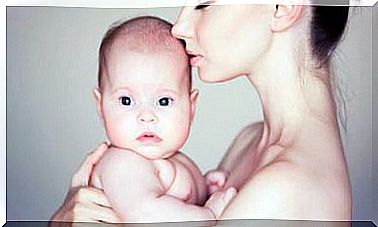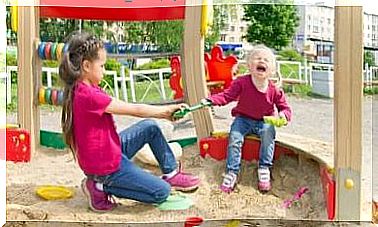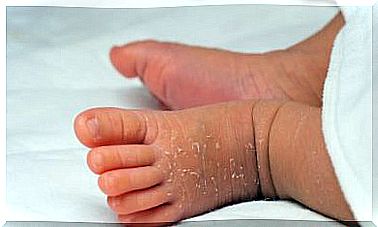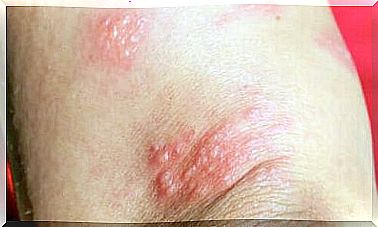Childhood Jaundice
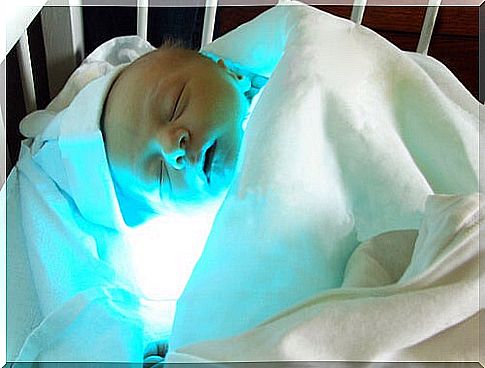
Childhood jaundice is a disease that often has no major complications. However, it is necessary to know what it is and the reason that arises to be able to fight it properly.
First, it is a yellow coloration of the skin and mucus due to excess bilirubin in the blood. Because it is present in the bloodstream, this substance spreads easily and quickly throughout the body.
Second, childhood jaundice occurs when bilirubin (which is a residue of hemoglobin) cannot be metabolized by the liver or eliminated through excreta in the normal way. Therefore, this disease is typically characterized by yellow pigmentation.
Many babies and young children can suffer from infantile jaundice as the liver is not yet fully matured and therefore is unable to eliminate excreta.
How to know?
To find out if the baby has jaundice, gently press the baby ‘s nose and forehead. If you release a yellow color, you may be suffering from mild jaundice. Otherwise, your skin color should be lighter than your usual color.
Below we will indicate the types of jaundice, their symptoms and other data.
What are the types of childhood jaundice?
There are two types of childhood jaundice, and although they are harmless, you need to pay close attention.
- Nursing jaundice. It appears in the first few weeks after the baby is born and can occur when the baby is not feeding very well.
– It can occur when the mother has a delay in milk production. Therefore, the mother must give enough milk to the child and feed him approximately 10 or 12 times a day. - Breast milk jaundice. Certain substances in breast milk can block certain proteins that break down bilirubin.
– It could be balanced if the mother stops breastfeeding for 1 or 2 days. By doing this, the bilirubin level will decrease.
– However, during these days you can extract milk from the breasts in order to maintain the blood flow. You could bottle-feed the baby during this brief period with formula milk.

Serious signs and symptoms
When childhood jaundice is severe, it may be due to blood incompatibility between mother and baby. However, it is generally not a common case.
Therefore, when the mother consults the doctor for her prenatal consultation, the doctor asks the blood type in order to find out if the baby may have these types of complications and to take the necessary precautions.
However, if you notice any of these symptoms in your baby, see a doctor.
- The baby’s skin becomes yellower every day, especially on the abdomen, arms and legs.
- The baby looks sick and it ‘s hard to wake him up.
- It has a very sharp cry.
- Bleeding.
- Hepatitis.
- Fever and vomiting.
- Constantly look up.
- Gets very nervous.
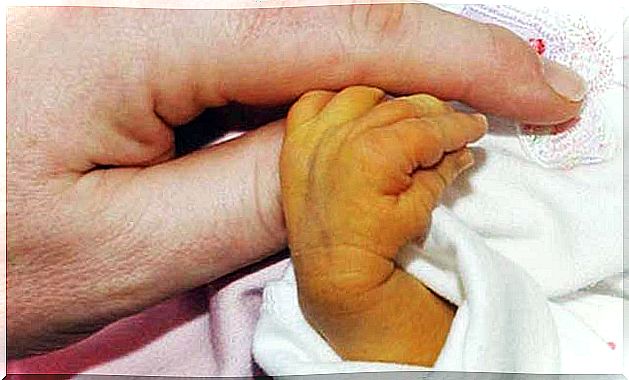
Causes
In addition to the incompatibility of the blood group between the mother and the baby, this disease can appear due to the following causes:
- Premature birth.
- Forceps during childbirth.
- Abnormal shapes of blood cells.
- Lack of enzymes.
- Low level of hypoxia.
- Congenital infections such as rubella, syphilis or others.
- An infection of the baby’s blood, known as septicemia.
Treatment
There are different treatments to help your baby overcome childhood jaundice. There are treatments that the mother can apply at home and others that can only be performed by the doctor.
- Sunbathing. This is possible if the mother exposes the baby to the sun before 9 am and after 4 pm. In doing so, you need to protect your eyes and genitals, as well as constantly changing your position.
- Carry out periodic checks on the level of bilirubin in the blood.
- Phototherapy. It consists of putting special blue lights for the baby. He is placed in an incubator with his eyes covered. This treatment is carried out in the hospital for a certain period of time.
- Food. Another thing the mother could do is make sure the baby is getting plenty of breast milk, or artificial milk, so that he defecates frequently and gets rid of the droppings.
